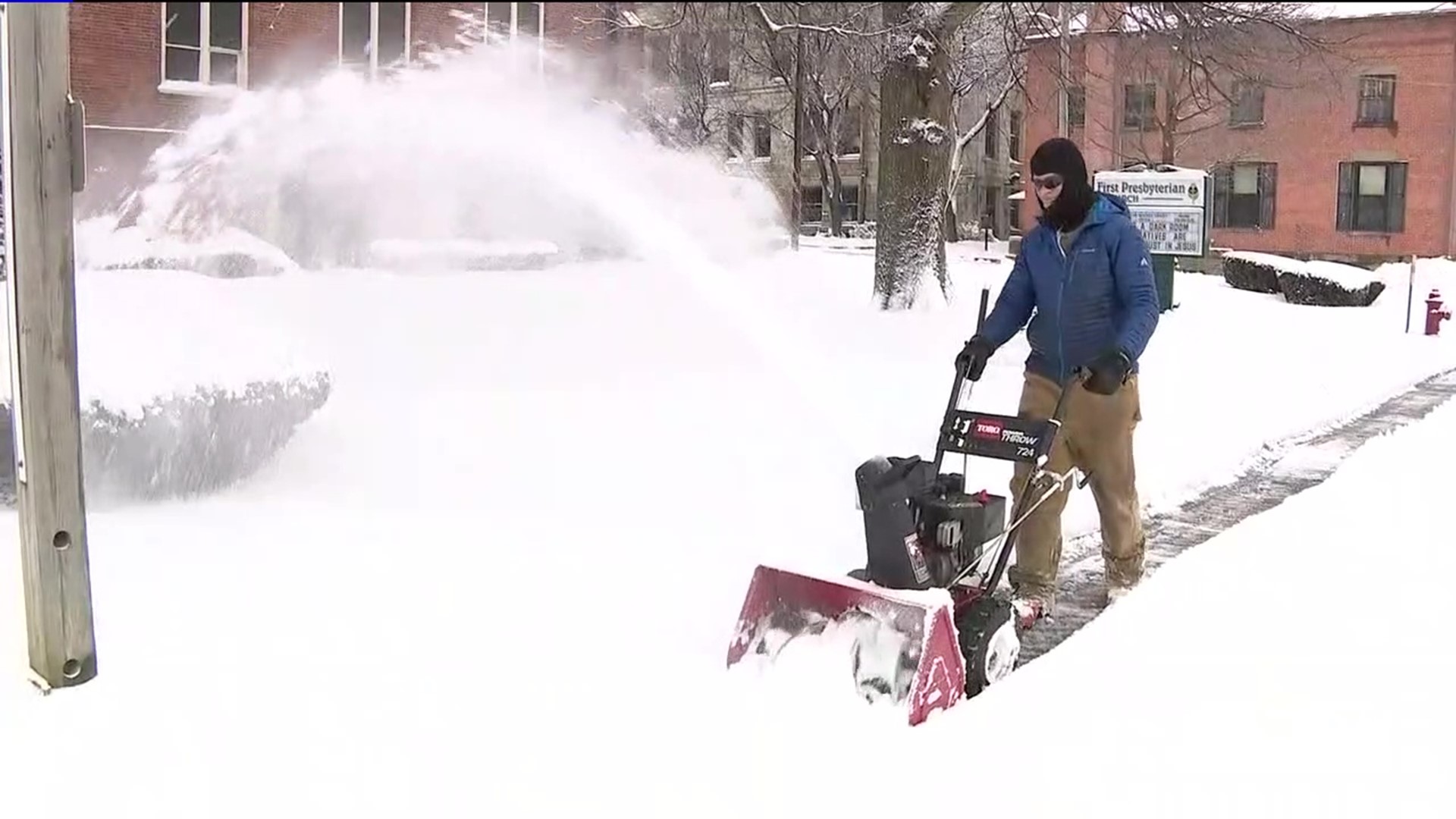DANVILLE, Pa. — Emergency departments are busy in the winter months, and it's not only because of flu and COVID-19. Exposure to cold weather can cause injuries and illnesses like frostbite and hypothermia.
Shivering is the first thing you'll notice with hypothermia.
"As your core temperature drops, the shivering can end and you can become confused, your heart rate, blood pressure, all your organs start to slow down," said Dr. Lindsey Duguet, the northeastern emergency medicine director at Geisinger.
Dr. Duguet says frostnip is the first stage of frostbite, and fingers get cold, red, and tender. Once someone gets frostbite, they lose sensation in their exposed body parts.
"Once you get to frostbite, your fingers are cold and blue. That can become irreversible if it's not dealt with fast."
According to Geisinger, small children and elderly people are most at risk for cold weather-related injuries.
"Their body temperatures can drop faster. They're not always dressed appropriately to go out in the snow. They don't realize how long they've been out in the cold weather, and they can get injuries faster than other people," Dr. Duguet said.
It's important to dress warm and in layers when you're outside in the cold. Dr. Duguet advises that you take frequent breaks.
Geisinger is already seeing patients with slip-and-fall injuries from ice.
"Try to wear cold weather winter boots, appropriate shoes when you're out, especially when you're shoveling snow and ice. Put down the salt to make sure things are melted before you go out to do it as well, and take your time. Don't be running on the snow and the ice."
When possible, Dr. Duguet says you should minimize outdoor activities in the extreme cold.

